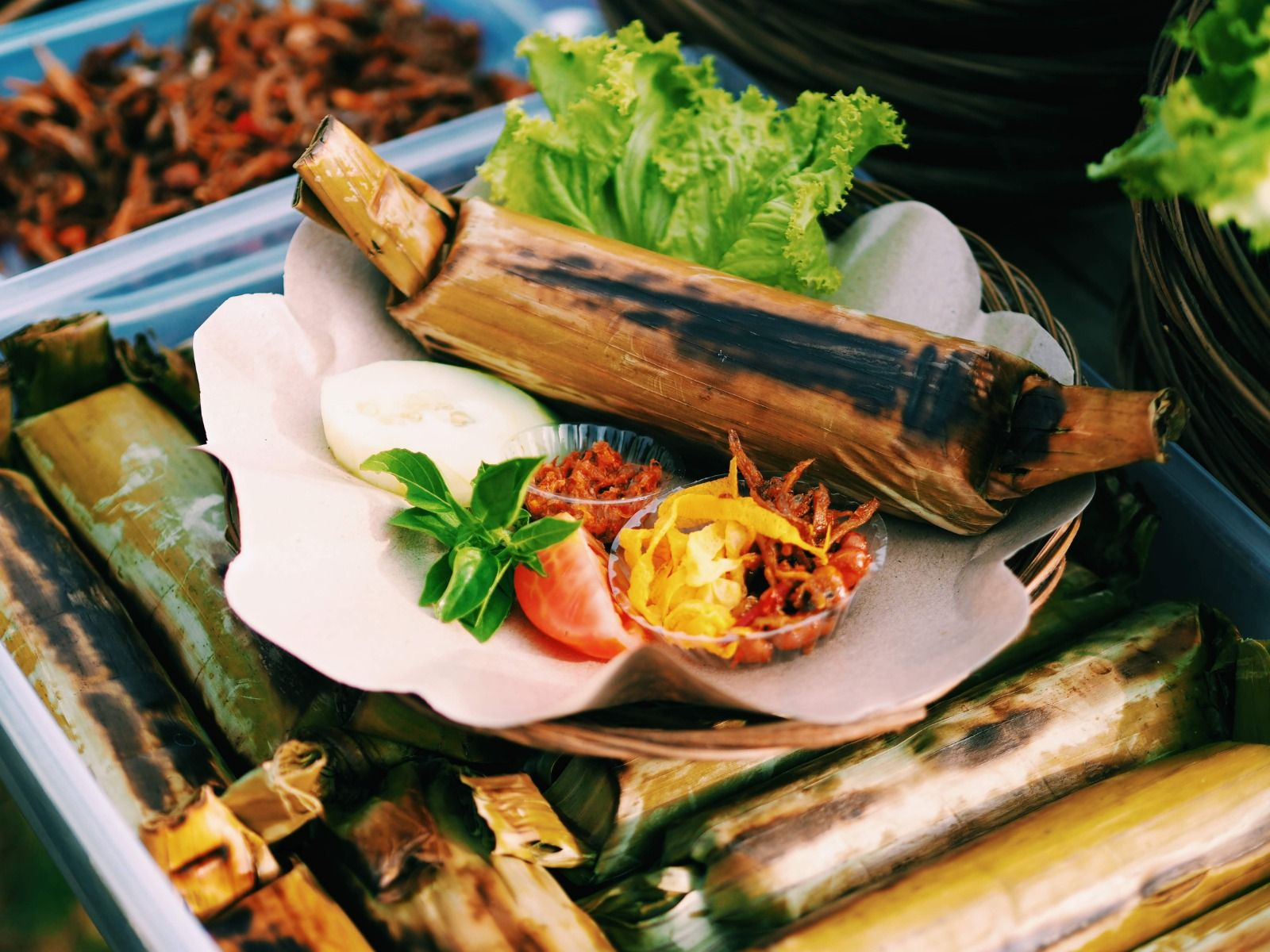Indonesia, a land of rich flavors and vibrant culinary traditions, is home to countless hidden delights. Among these, Betuk stands out as a truly unique dish. This often-overlooked delicacy offers a taste of Indonesia’s diverse culture and history. In this article, we’ll explore what makes Betuk special, its origins, and why it’s worth trying.
What is Betuk?
UD Las Palmas vs Real Madrid The result is a flavorful meal that captures the essence of Indonesian home cooking.
The Origins of Betuk
Betuk originates from Java, an island famous for its rich culinary traditions. It has been a part of Javanese culture for Betuk Indonesia generations, especially in small villages.
The dish reflects the resourcefulness of rural communities. Climbing perch fish are commonly found in paddy fields and rivers, making them an accessible ingredient. Over time, locals developed Betuk as a way to preserve and prepare this fish.
The Preparation Process
Ingredients
Betuk uses simple, natural ingredients:
Climbing perch fish (ikan betuk).
Traditional Indonesian spices like turmeric, garlic, and shallots.
Cooking Method
Celtic FC’s 2024 Transfer Window The fish is first cleaned and fermented to enhance its flavor. Then, it’s cooked slowly with spices to create a rich, savory sauce. The slow cooking process ensures the spices penetrate the fish, creating a burst of flavor in every bite.
Why You Should Try Betuk
Authentic Taste of Indonesia
Betuk offers a glimpse into Betuk Indonesia culinary heritage. Its traditional preparation techniques and local ingredients make it an authentic experience.
Nutritional Benefits
Climbing perch fish is packed with protein and omega-3 fatty acids. The herbs and spices used in Betuk also provide antioxidants and other health benefits.
Perfect for Adventurous Food Lovers
If you’re a foodie looking to explore new flavors, Betuk is an excellent choice. Its combination of earthy, tangy, and savory notes is truly unique.
Where to Find Betuk
Local Markets
RB Leipzig In rural Java, you can find Betuk in traditional markets or sold by street vendors.
Regional Restaurants
Some restaurants in Java serve Betuk as part of their menu. These establishments often stay true to traditional recipes.
Make It at Home
If you can find climbing perch fish Betuk Indonesia and Indonesian spices, you can try making Betuk at home.
Modern Twists on Betuk
While Betuk is a traditional dish, modern chefs have started experimenting with it. Some add coconut milk for a creamier texture, while others use modern cooking techniques to elevate the dish.
These variations give Betuk a contemporary touch while preserving its authentic flavors.
Tips for First-Time Tasters
Start with a small portion if you’re new to fermented dishes.
Pair it with steamed rice to balance the strong flavors.
Enjoy it with a side of fresh vegetables or sambal for added texture and spice.
Unpacking the Essence of Betuk
Betuk isn’t just food; it’s a story. Each Betuk Indonesia bite tells of Indonesia’s agricultural roots, community spirit, and resourceful cooking traditions.
The dish is centered around ikan betuk (climbing perch), a freshwater fish revered for its versatility. Unlike many mainstream Indonesian dishes, Betuk is less about fiery spices and more about balanced, earthy flavors.
What sets Betuk apart is its unique fermentation process. This method not only preserves the fish but also enriches its flavor profile, adding a tangy depth to the dish.
A Journey Through Betuk’s History
From Village Kitchens to the Dining Table
Betuk has humble beginnings in Java’s rural villages. Farmers and fishermen crafted the dish as a way to use readily available resources. With paddy fields and rivers teeming with climbing perch, this fish became a staple ingredient.
Communities relied on fermentation to preserve the fish, ensuring a steady food supply during harsh seasons. Over time, this practical necessity turned into a celebrated tradition.
Today, Betuk is not just a dish but a symbol of cultural pride, often served during family gatherings and local festivals.
Ingredients That Bring Betuk to Life
Betuk relies on simple, fresh, and local ingredients to create its distinct flavor.
Climbing perch fish (ikan betuk): The star of the dish, known for its firm texture and rich taste.
Turmeric: Adds a vibrant color and earthy undertones.
Shallots and garlic: Provide a savory, aromatic base.
Kaffir lime leaves and lemongrass: Infuse the dish with citrusy, refreshing notes.
Salt and natural fermentation agents: Key to achieving Betuk’s signature tang.
How Betuk is Made
1. Fermenting the Fish
The cleaned climbing perch is lightly salted and left to ferment in a controlled environment. This step intensifies its umami flavor.
2. Preparing the Spices
Fresh spices like garlic, shallots, and turmeric are ground into a paste. Kaffir lime leaves and lemongrass are added for aroma.
3. Slow Cooking
The fermented fish is simmered with the spice mixture over low heat. This process allows the flavors to meld beautifully.
4. Serving the Dish
Betuk is typically served warm, accompanied by steamed rice and side dishes like sambal or sautéed vegetables.
FAQs
What does Betuk taste like?
Betuk has a bold, earthy flavor with hints of tanginess and spice.
Is Betuk spicy?
It can be mildly spicy, depending on the recipe.
Can I find Betuk outside Indonesia?
It’s rare but possible. Some Indonesian restaurants abroad might serve it. Alternatively, try making it at home.
Is Betuk healthy?
Yes, Betuk is rich in protein, omega-3s, and antioxidants from its natural ingredients.
What can I pair with Betuk?
Steamed rice and fresh vegetables are the perfect accompaniments.
Betuk is more than just a dish; it’s a cultural treasure that embodies Indonesia’s rich culinary heritage. With its unique flavors and traditional preparation, Betuk offers an unforgettable experience for adventurous food lovers.
To read more, Click Here

Leave a Reply